Before I delve into Plovdiv’s particular cultural merits, maybe a few words about what it means, generally, to be a European Union cultural capital. The “cultural capital” designation is one of those arbitrary, bureaucratic EU things – like, for example, which city gets to host the European Satellite Navigation Agency (Prague, by the way) – that drives EU critics absolutely batty. The folks behind Brexit in the UK have even managed to build an entire five-act Shakespearean tragedy in reaction to the EU’s perceived eccentricities (which just happens to be playing out in the background as I write this post).
The idea is that the cultural capital designation rotates among the various EU member countries each year. The year 2019, as it turns out, was Bulgaria’s turn to host the capital. Several Bulgarian cities competed for the crown, with Plovdiv eventually besting runners-up Sofia, Varna and Veliko Târnovo.
For the winners, it’s more of a pride thing than a monetary payout. The EU doesn’t actually shower the capital with development funds. Instead, it’s more of an excuse for the various city fathers (and mothers) to come together to plan a year of exhibitions, theater performances, concerts and festivals in order to raise the city’s international profile and hopefully drive positives like increased tourism and investment. It’s a bit like hosting the Olympic games in that at least part of the return comes after the actual event is finished.
Lots of people deride the idea of an EU cultural capital, but I personally think it can be a great thing. In 2006, the Wall Street Journal sent me to the Romanian city of Sibiu to write about how people there were preparing to host the cultural capital in 2007 (the first Romanian city ever to hold the title). Not quite knowing what to expect, I found a city government finally galvanized by common purpose to do things like pave the roads and fix the streetlights. Sibiu leveraged its cultural capital status beautifully and within a year had catapulted itself from a sleepy Transylvanian town into one of the country’s premier tourist destinations.
Hey, if it’s good enough for Sibiu, it’s going to work for Plovdiv too.
When I was writing the introduction to this blog post, I could sense somewhere in my mind my Bulgarian friends reading the words, and trying to laugh, but in the end not finding it very funny. You see, among Bulgarians, Plovdiv was no random choice. The country’s second-largest city (population 350,000) has long been a cultural capital in its own right.
Plovdiv is both one of Bulgaria’s youngest cities, with several universities and tens of thousands of students, and also its (and possibly Europe’s) oldest city. You don’t have to search too long at the tourist office to find a brochure proclaiming Plovdiv to be no less than the continent’s longest-running, continuously-inhabited city. Indeed, there’s been people (and presumably culture) here for something like 5,000 years, all the way back to the ancient Thracians.
And unlike Bulgaria’s modern capital, Sofia, Plovdiv didn’t have to dig around too much to recover its old Roman roots. There’s a huge Roman amphitheater standing right in the middle of the city, looking not unlike how it must have appeared 2,000 years ago, and still used for concerts and performances (though probably no longer for gladiators and lions). The highlight of the summer cultural calendar is to somehow snag a ticket to a show here, grab a toga - or at least a pair of jeans - and go.
Bulgarians will tell you there’s always been something cool, something edgy about Plovdiv. If the rest of the world hasn’t heard too much about it, well, that’s their loss. That’s presumably the cache the EU – and Bulgaria – were banking on by making Plovdiv their choice.
Before visiting Plovdiv last November, it had been something like 10 years since I was there, and I didn’t remember much about the place. Truth be told, my expectations were modest. I figured a couple of museums, some good restaurants, a trendy coffee shop and the amphitheater. What more could there be? But let me tell you, from the moment I checked into my hotel, I sensed something different in the air. Plovdiv blew me away.
The first thing you ought to know is that central Plovdiv has two distinct, even schizophrenic, personalities.
The Old Town, on the eastern side of busy Tsar Boris III Obedinitel Blvd that divides the center in two, is quiet, stately and even a tad refined. It’s filled with those solemn, grand Bulgarian National Revival mansions that seemed to have blossomed all around the country in the 19th century, once Bulgaria managed to pull itself out of the Turkish Ottoman orbit.
It’s hard to describe the architectural style in words, but like Bulgaria itself through the ages, the buildings appear to have one foot in the East and one in the West. The exteriors are built from wood but often given colorful mosaics and intricate carvings. The interiors are richly decorated from floor to ceiling. The floor plans – where the interiors start from a central sitting room and extend outward – borrow much from the Orient.
Many of the mansions are open to the public and hold various museum-style collections. Some of the collections are valuable in themselves while others are more interesting simply for the chance to explore the interiors of the houses. Two of the best-known National Revival house museums include the enormous Balabanov House, with a collection of contemporary paintings, and the Ethnographic Museum, with its carved upper-floor ceilings. The tourist information office has a special deal where you can buy several house entries at a discounted price.
Plovdiv’s other side – the Mr. Hyde to Old Town’s Dr. Jekyll – lies to the west of Tsar Boris III Obedinitel Blvd (accessible by a pedestrian underpass). The Kapana Creative District emerged only in the past decade as part of a plan to rescue a failing part of the central city by pedestrianizing the streets and opening the storefronts to small-scale, independent businesses. The backers were part of the same group that helped position the city to compete for and win the designation as an EU cultural capital.
The result is probably better than anyone could have hoped for: the most authentic “alternative” urban district in Eastern Europe. You’ll find a little bit of everything: artisanal coffees, craft beers, burger bars, cocktail bars, vinyl shops, vegan bakeries, dress designers, arts & crafts shops, and lots more. It’s blissfully free of the cheesy corpo-pubs, retail chains and fast-food outlets that have marred similar efforts in other cities, such as Bucharest’s less-than-successful attempt to revive its own historic center.
I was wracking my brain to think of similarly hip areas in other “nearby” cities that readers might relate to. There’s a slight echo of ‘90s Kazimierz in Kraków and a whiff of Budapest’s ruin pub district behind the big synagogue in Pest. Prague, alas, has nothing really comparable, and I was immediately jealous.
As I was writing this, I was thinking the idea behind the EU cultural capital designation – at least from the Brussels’ perspective – is for the host city to open up and learn from the rest of the world. As for what makes Kapana tick, this might be something Plovdiv could teach to the rest of Europe.
Here’s something you don’t always find in one my blog posts: some practical advice to make your own trip to Plovdiv easier and maybe more fun.
For eating and drinking, you don’t need to stray too far from Kapana. My hotel’s morning coffee was drinkable, but if yours isn’t, head straight for the Monkey House in the middle of Kapana. The very good flat whites, boutique coffee blends and carefully selected teas will set you up nicely for the rest of the day. Come back later to enjoy another pick-me-up and soak up some afternoon sun from the terrace.
A couple of doors down, another coffee shop, Green Library, does double duty as a health-food store, pairing fragrant coffees with vegan (and often gluten-free) cakes and pastries. The owner (or at least the manager – I can’t recall as I’m writing this) was a beautiful, outgoing blonde-haired woman who kept suggesting cakes for me to have with my Americano. Gluten-free was never so much fun.
Not far from here are two excellent restaurants – and possibly the two best meals I had on a month-long tour of Bulgaria. The trendier of the two – Pavaj – was the restaurant everyone was talking about on my visit. It’s a faithful re-creation of a minimalist, hipster-style, farm-to-table joint, but given a Bulgarian slant, with local wines, lots of Rakia (grape brandy), and a delicious version of Bulgarian “meatballs,” served here with potatoes.
A possibly even better place stands across the street (diagonally) from Pavaj. Tams House is a South American-Bulgarian (by way of California) fusion restaurant, featuring pork ribs, Black Angus burgers, and rice pilaf on its eclectic menu. After trying, and failing, to find a seat at Pavaj one evening (okay, admittedly, without a reservation), Tams happily took me in and served me the meal of the trip. Don’t leave without trying their specialty “egg” cheesecake for dessert.
As for lodging, if you’re booking well in advance (highly recommended for 2019), try first getting a room at the Hotel Evmolpia in the Old Town. On the downside, it’s a little hard (but not impossible) to reach if you’re traveling by car, as driving in the Old Town is restricted. But once you’ve found the place and parked, the downsides melt away. Expect a friendly welcome (including a personalized chalkboard greeting), a charming room stuffed with local period furnishings, and your own reserved table at the breakfast buffet. An added bonus: it’s just a couple of steps away from the pedestrian underpass that leads to the street party that is Kapana on most nights.
If the Evmolpia is fully booked, trying reserving at the hotel’s sister property: the Boutique Hostel Old Plovdiv. I didn’t stay there myself, but I have it on good authority – my fellow Lonely Planet author Anita Isalska – that you’ll get the same friendly welcome and well-appointed room. It’s also in the Old Town. It’s apparently cheaper too – leaving a few extra Bulgarian leva in your pocket for another glass of Rakia or, if you're lucky, a gluten-free piece of cake.
(For an overview of Plovdiv 2019 and a schedule of events throughout the year, find the official website here. Scroll down past the map for a few more photos of Plovdiv's Old Town on a quiet morning in November.)
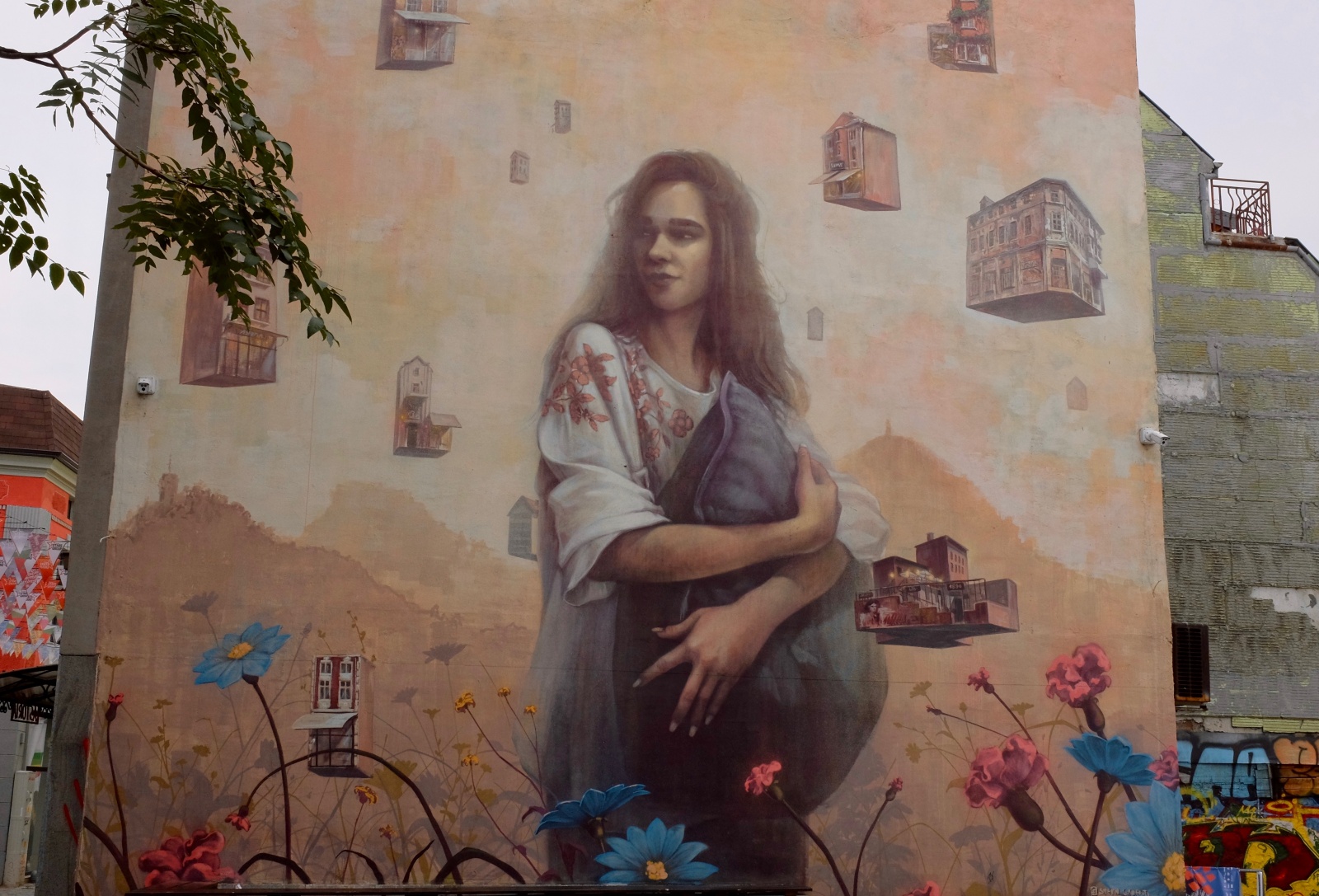

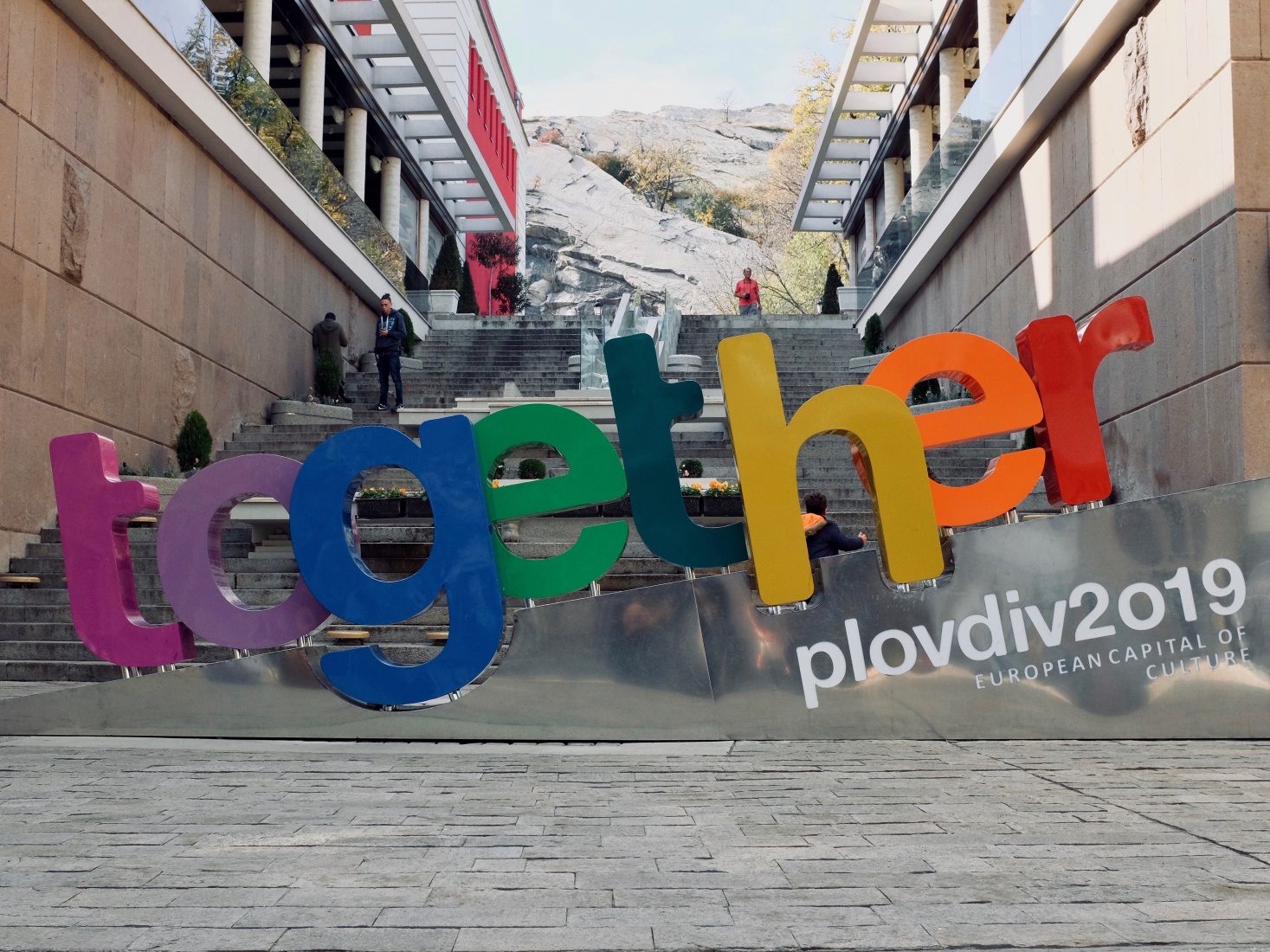
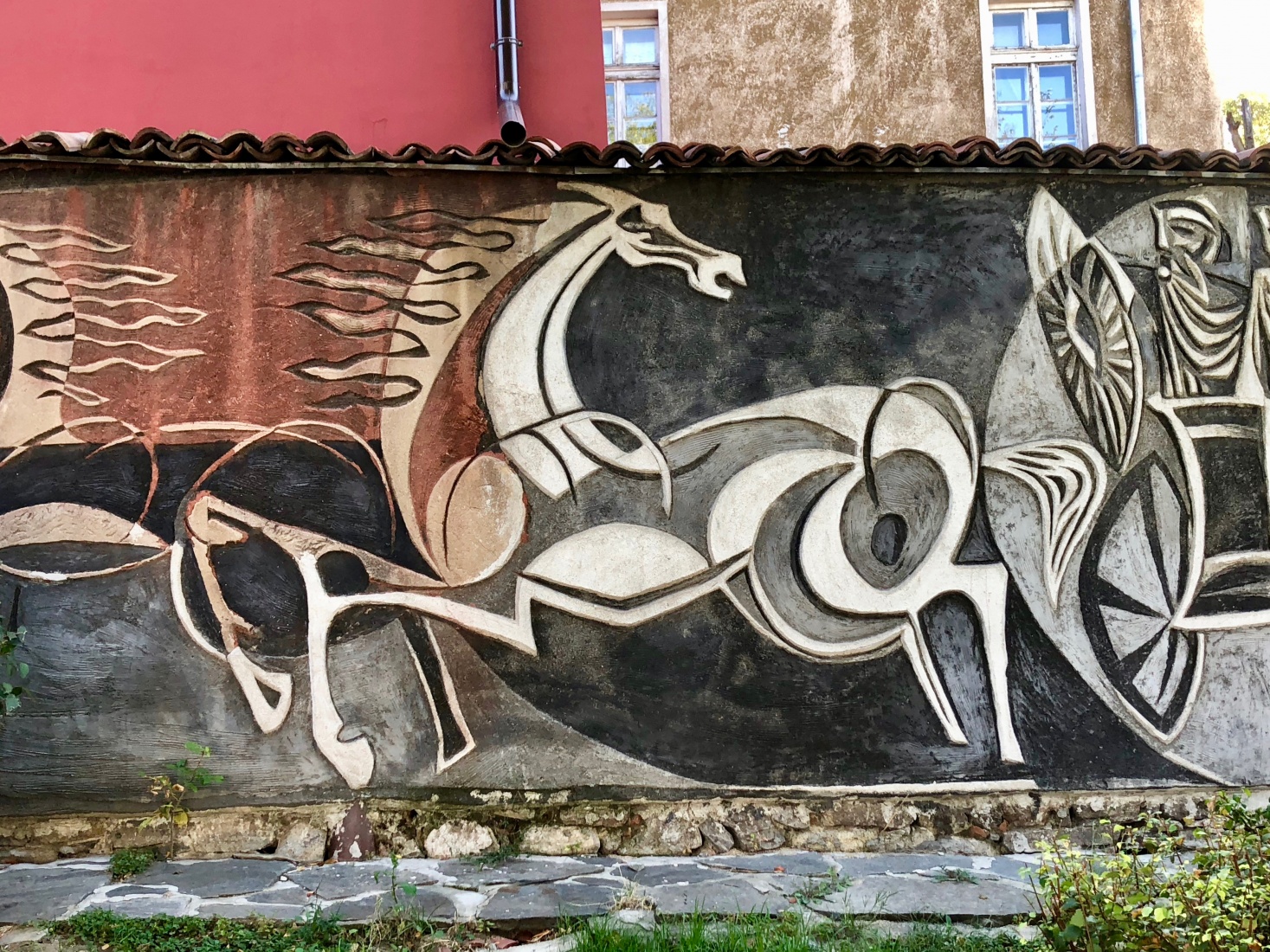
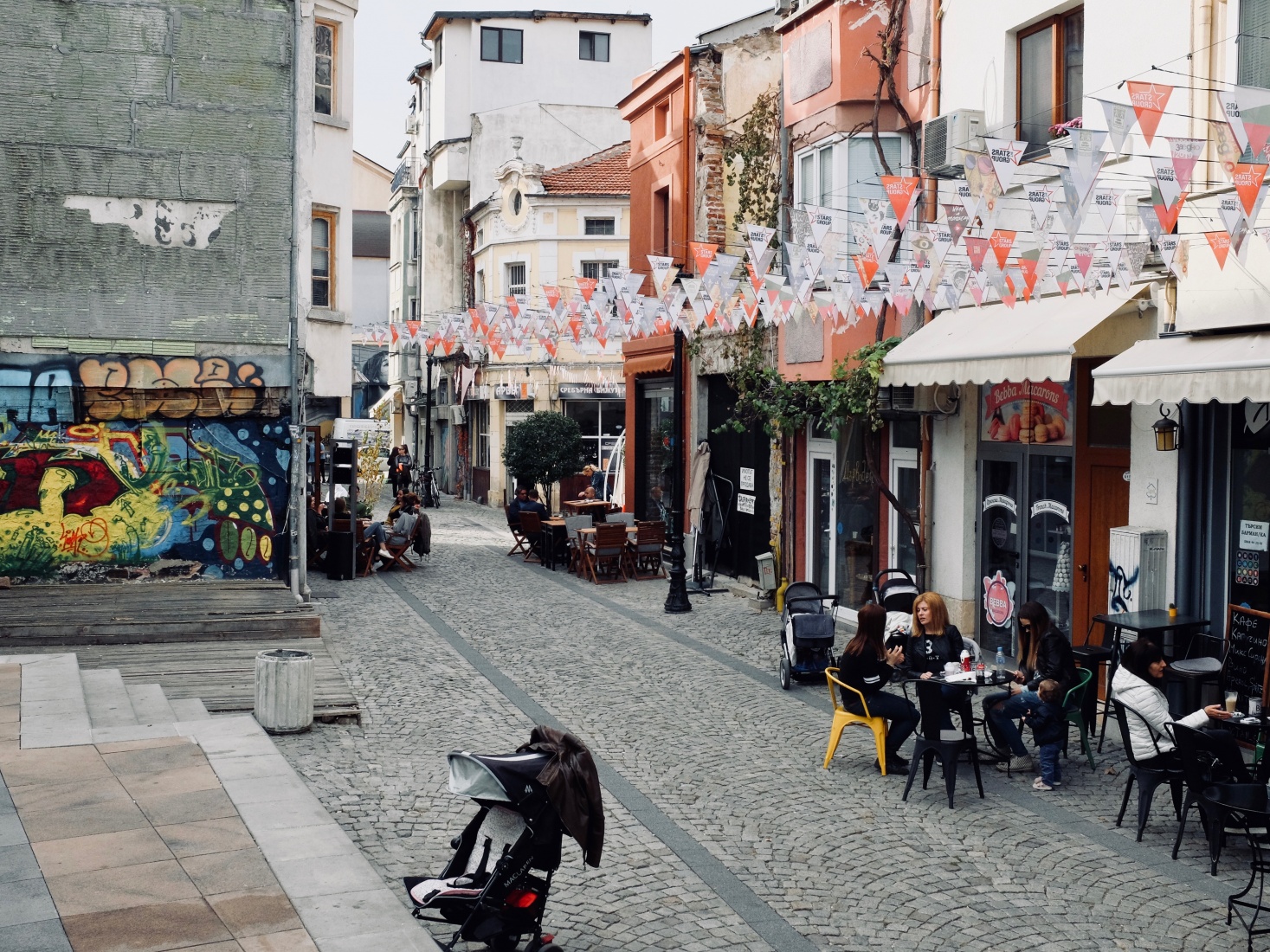
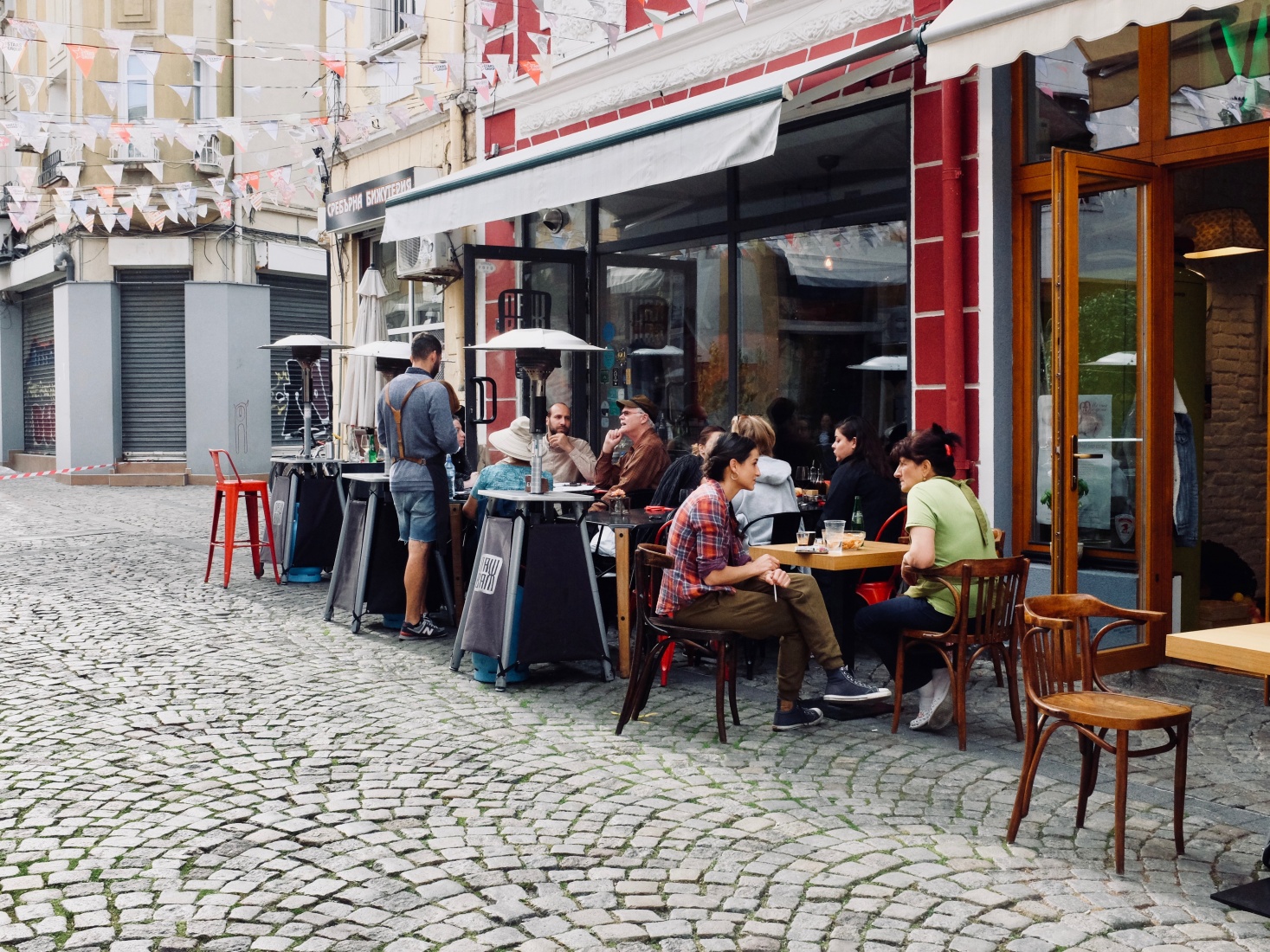
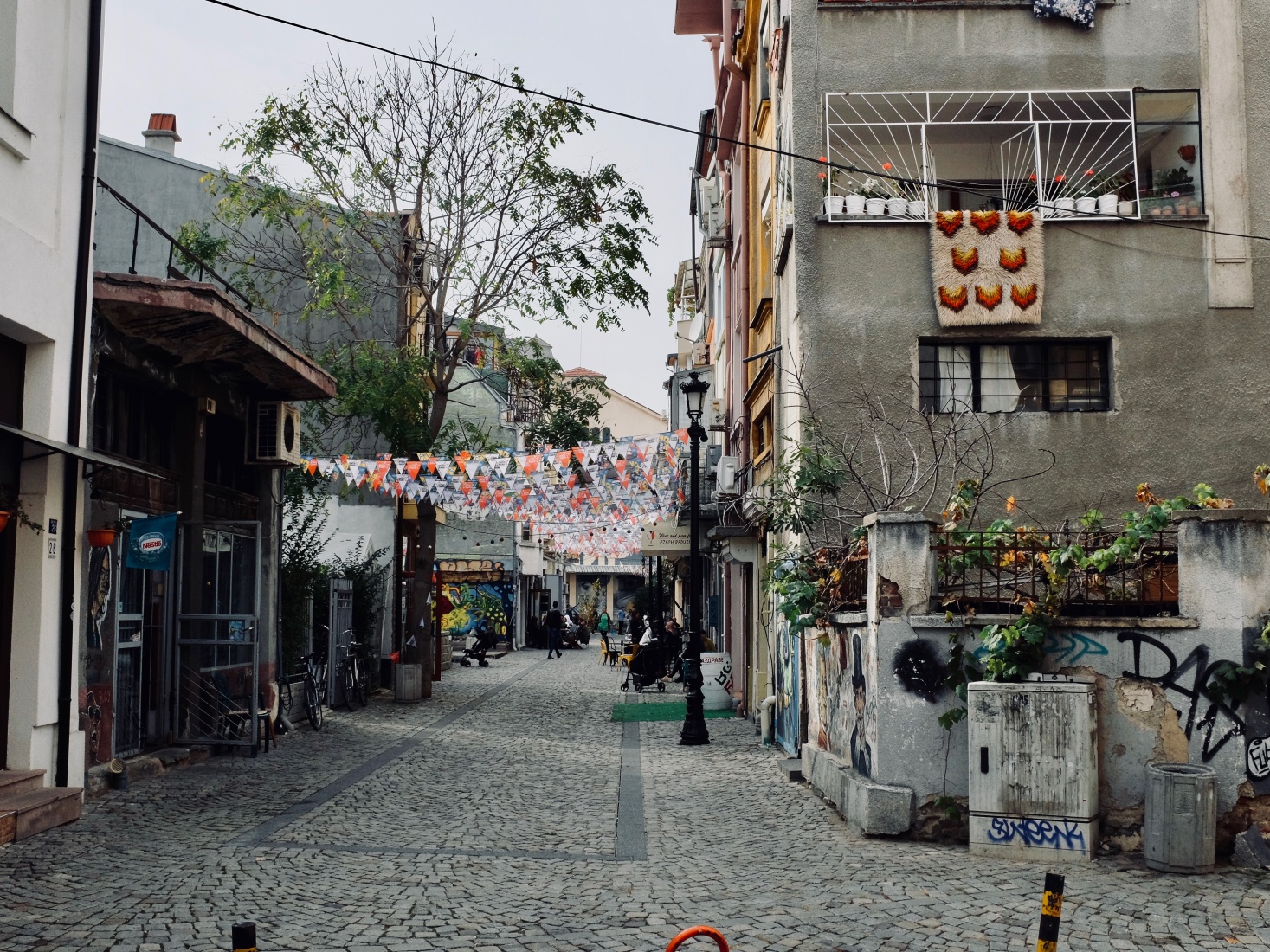
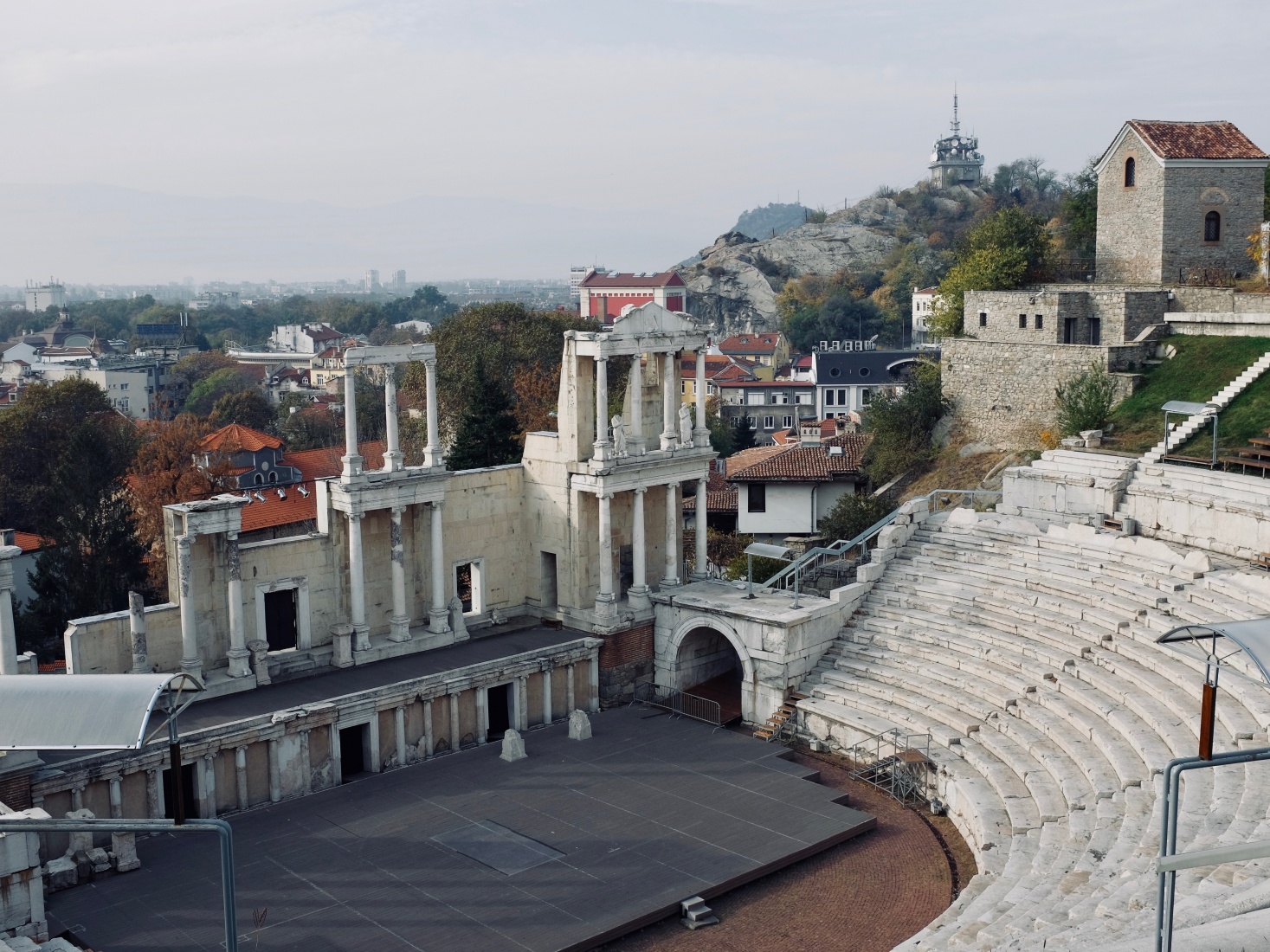
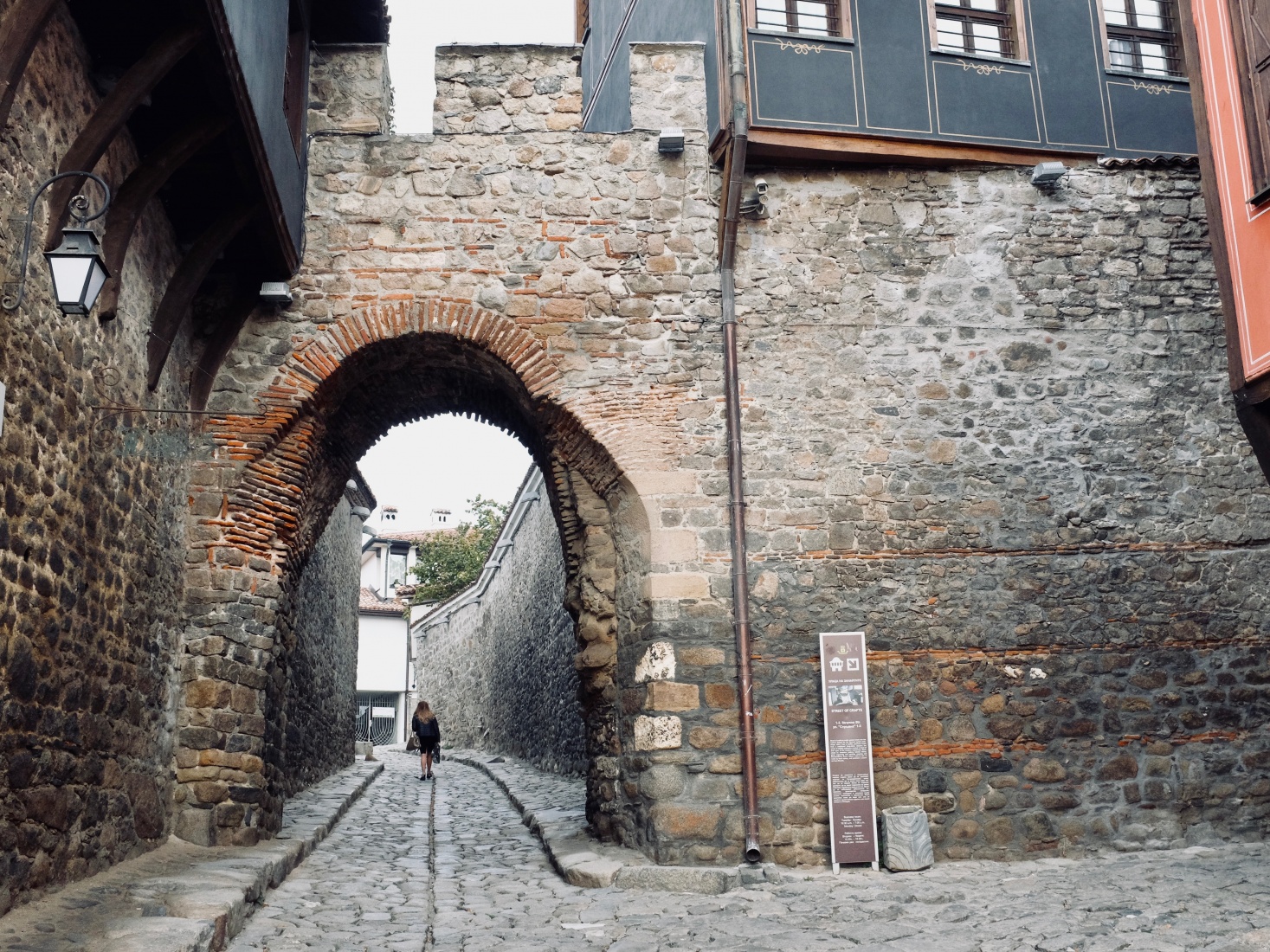
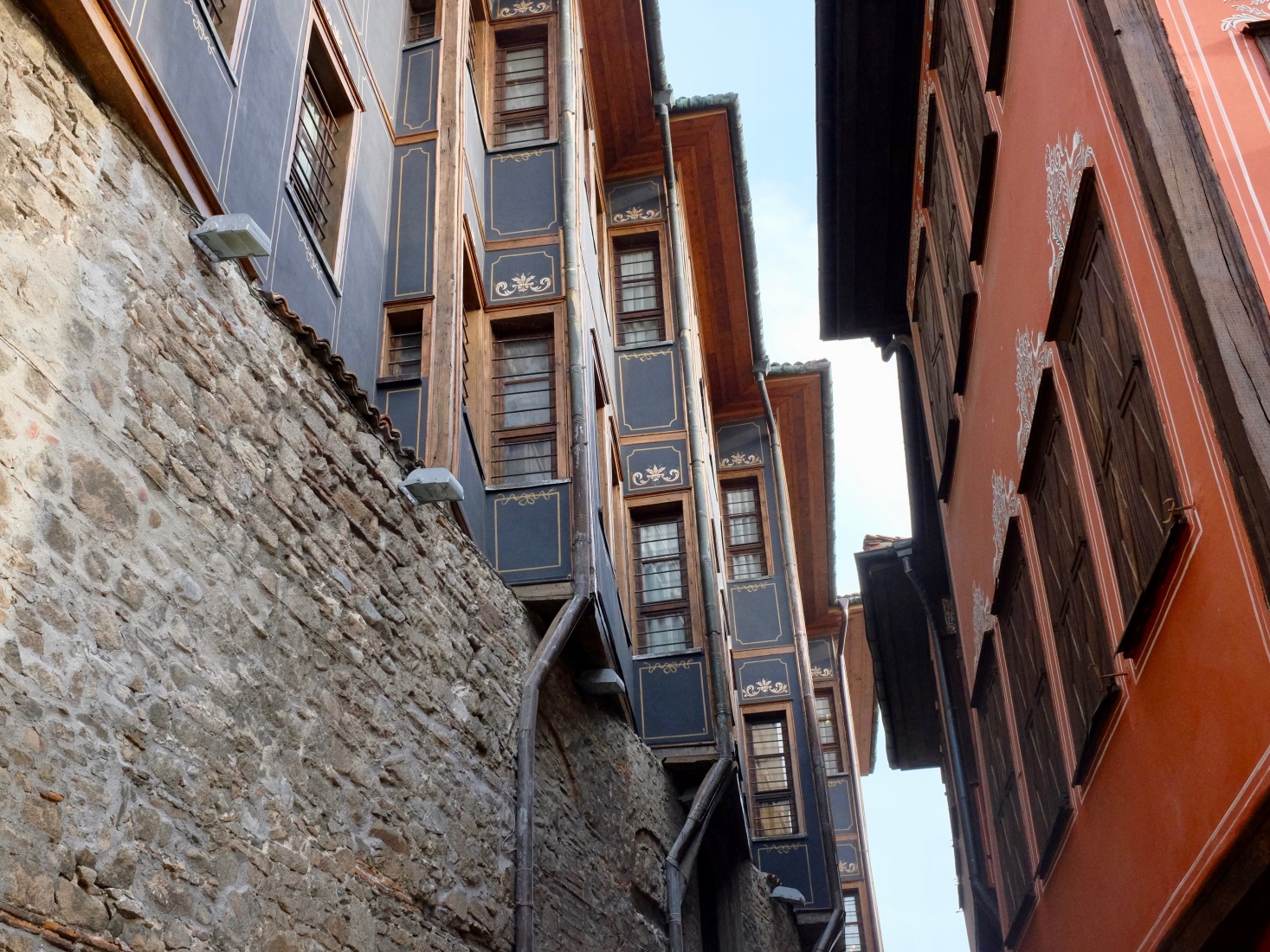
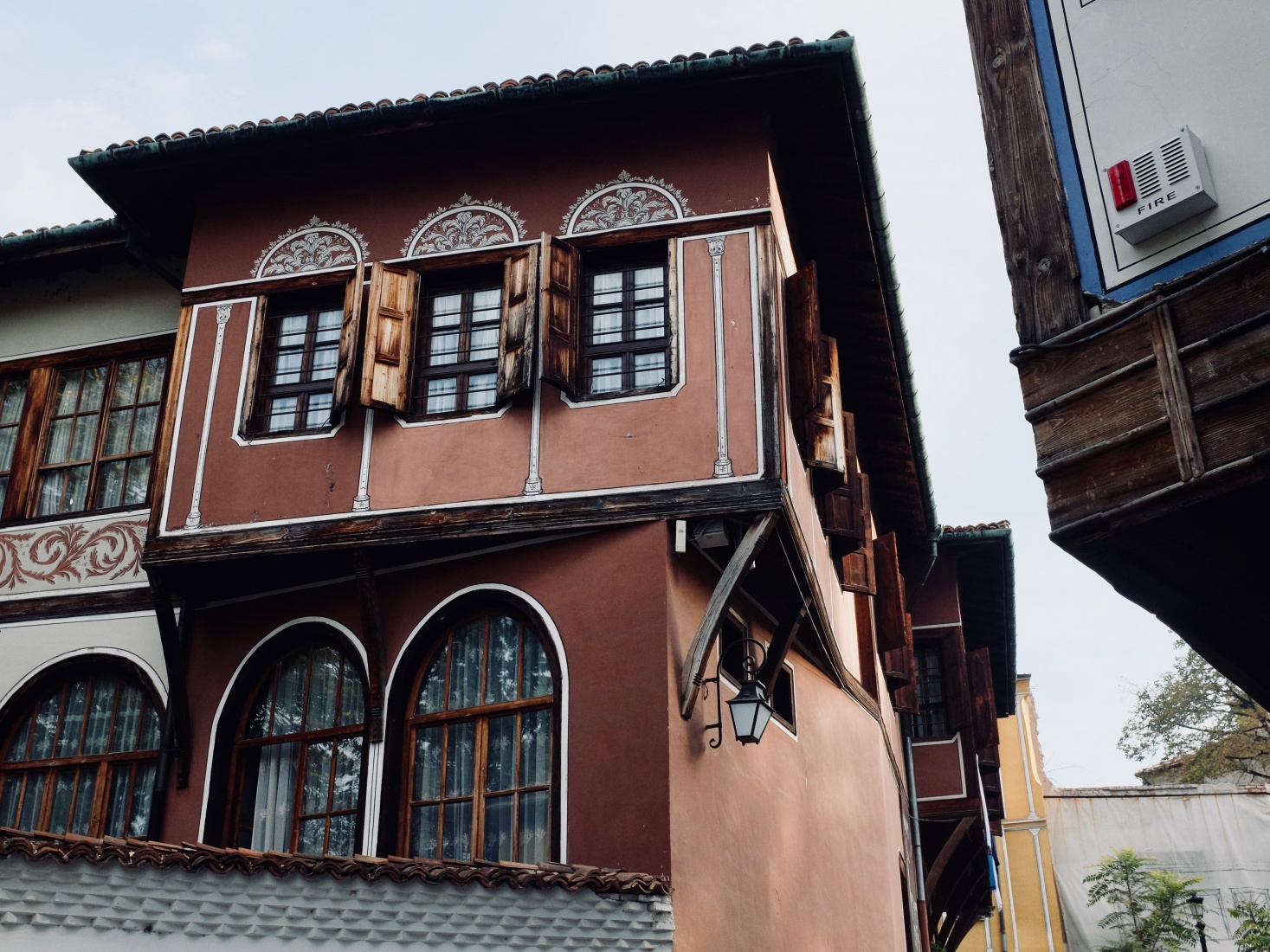
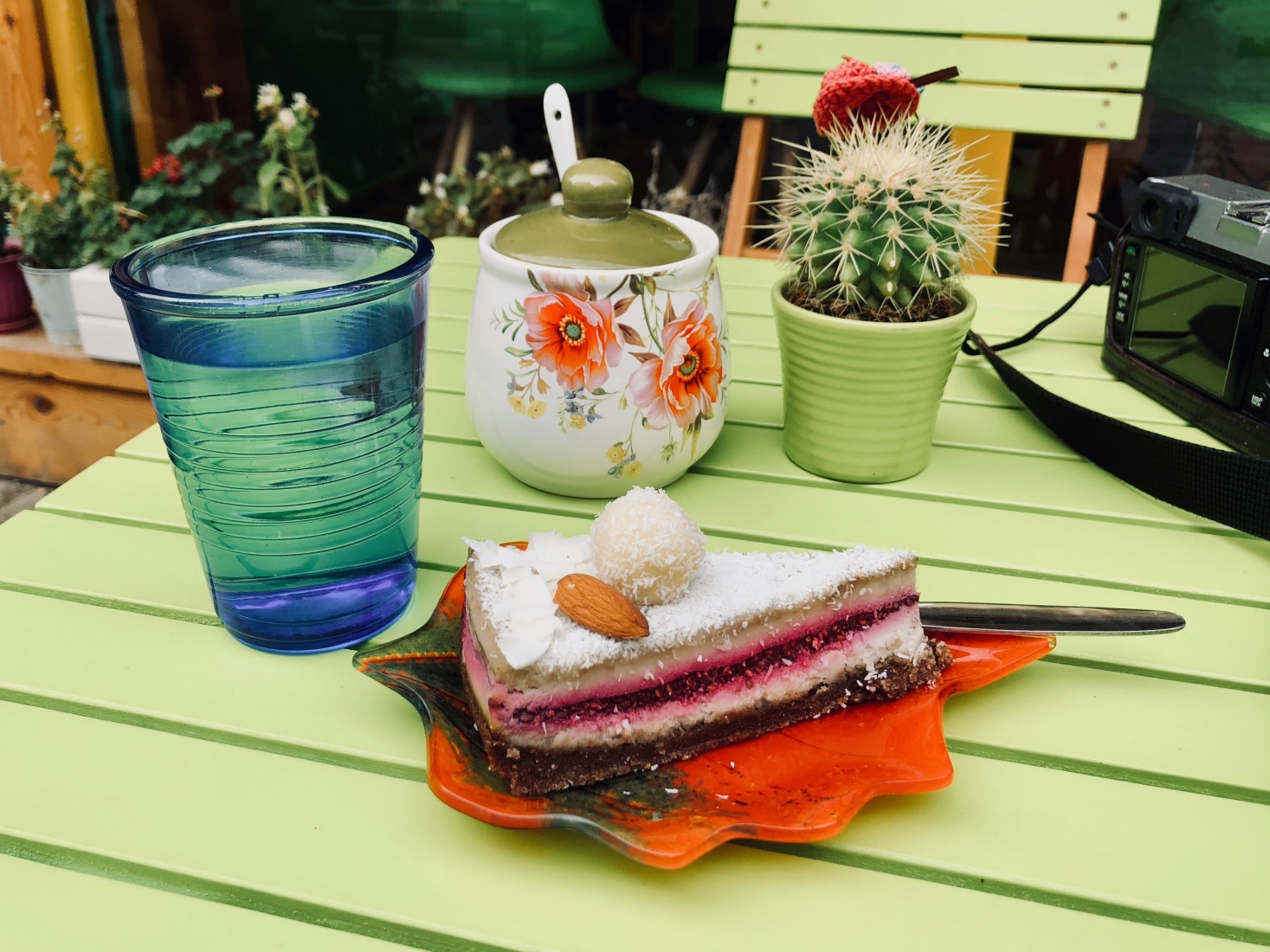
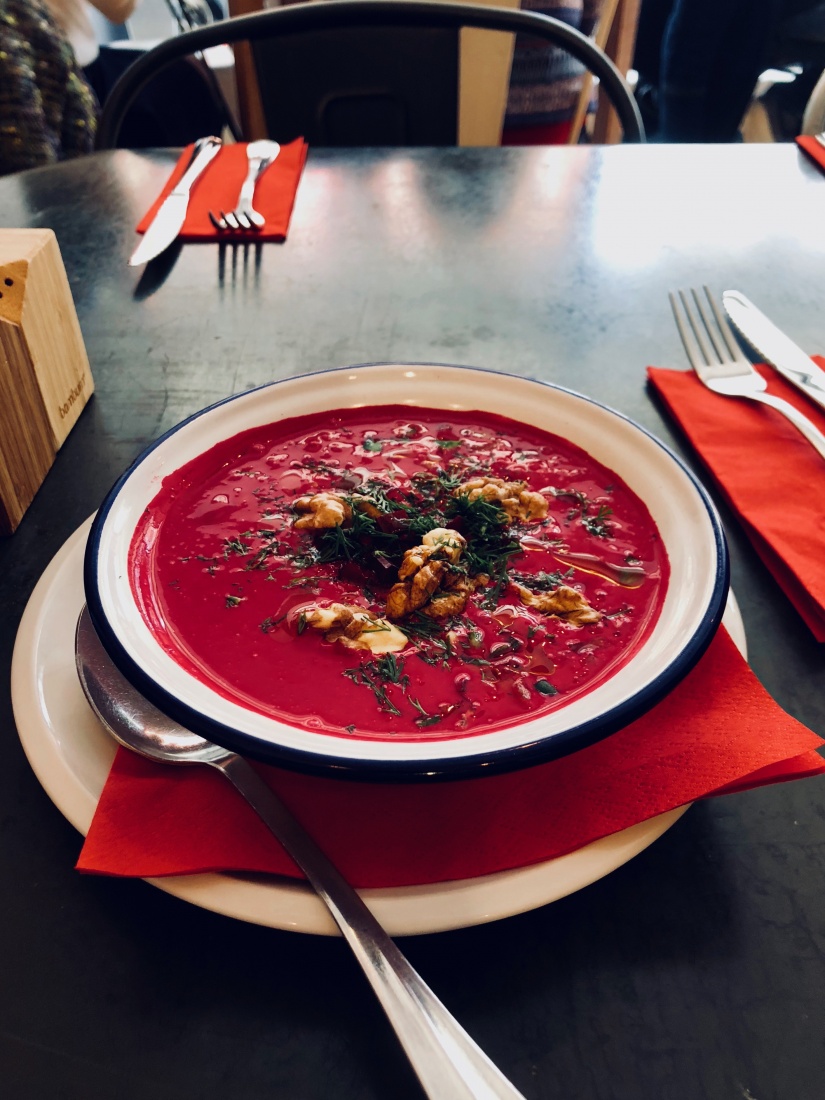
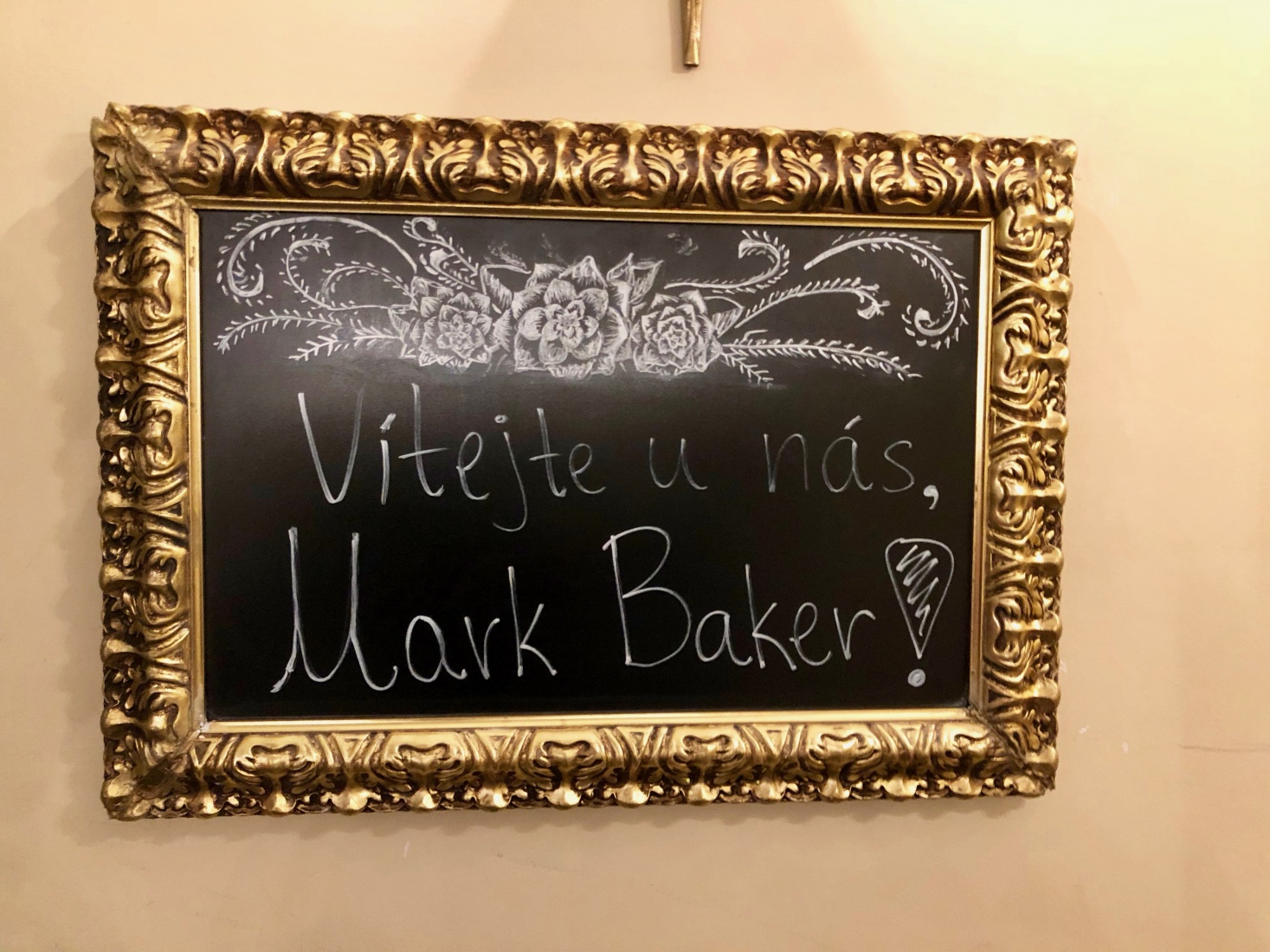
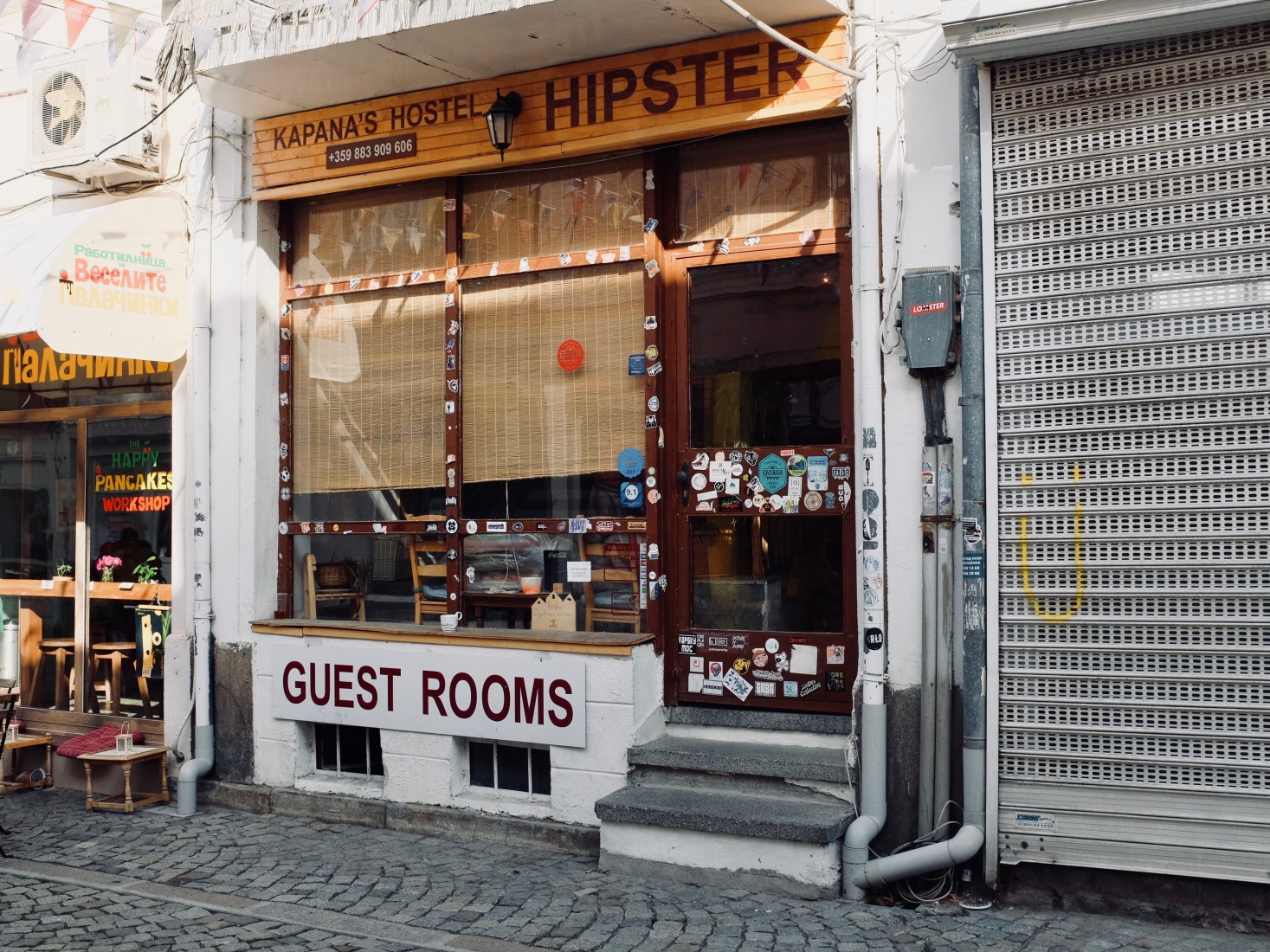
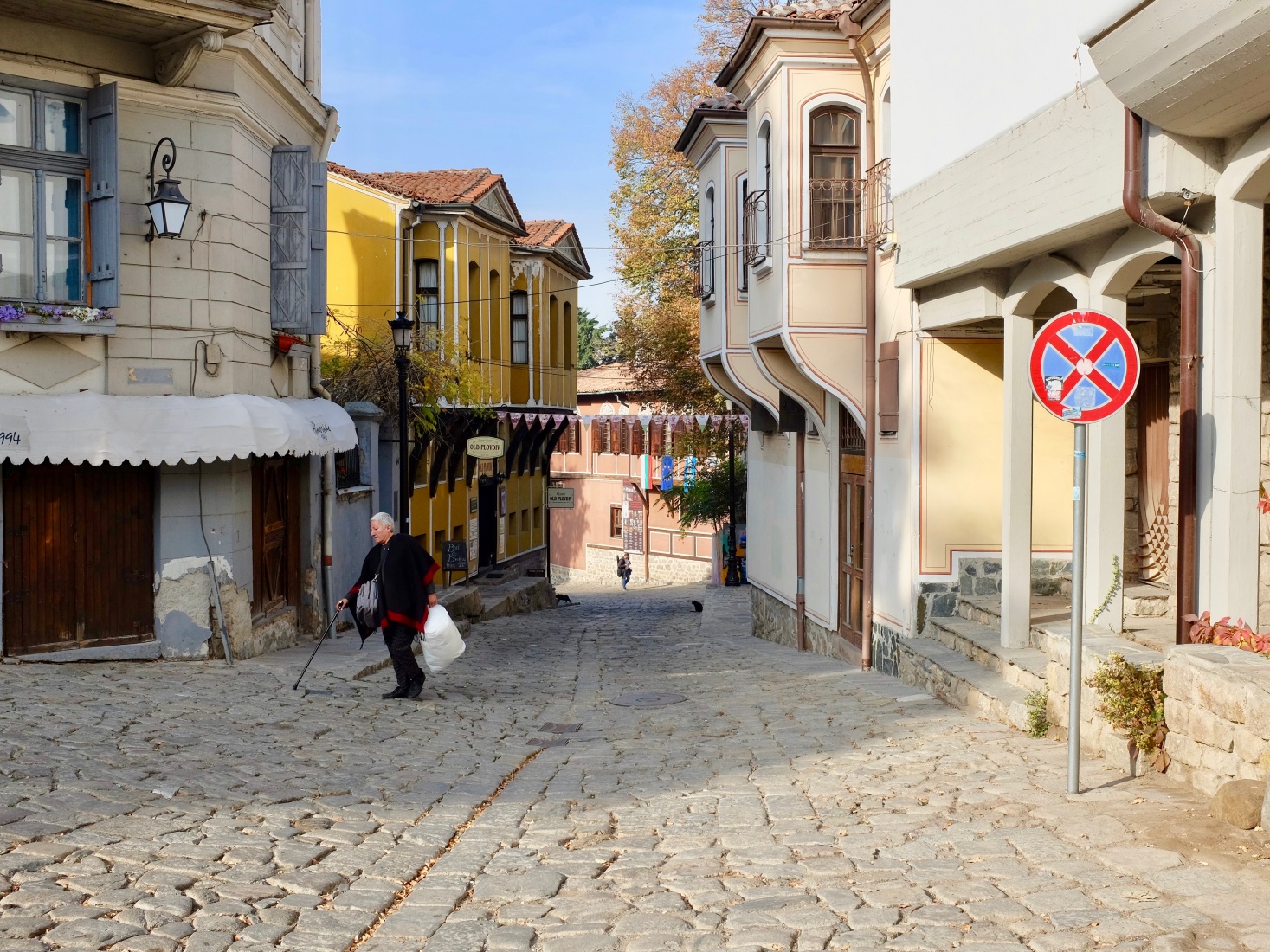
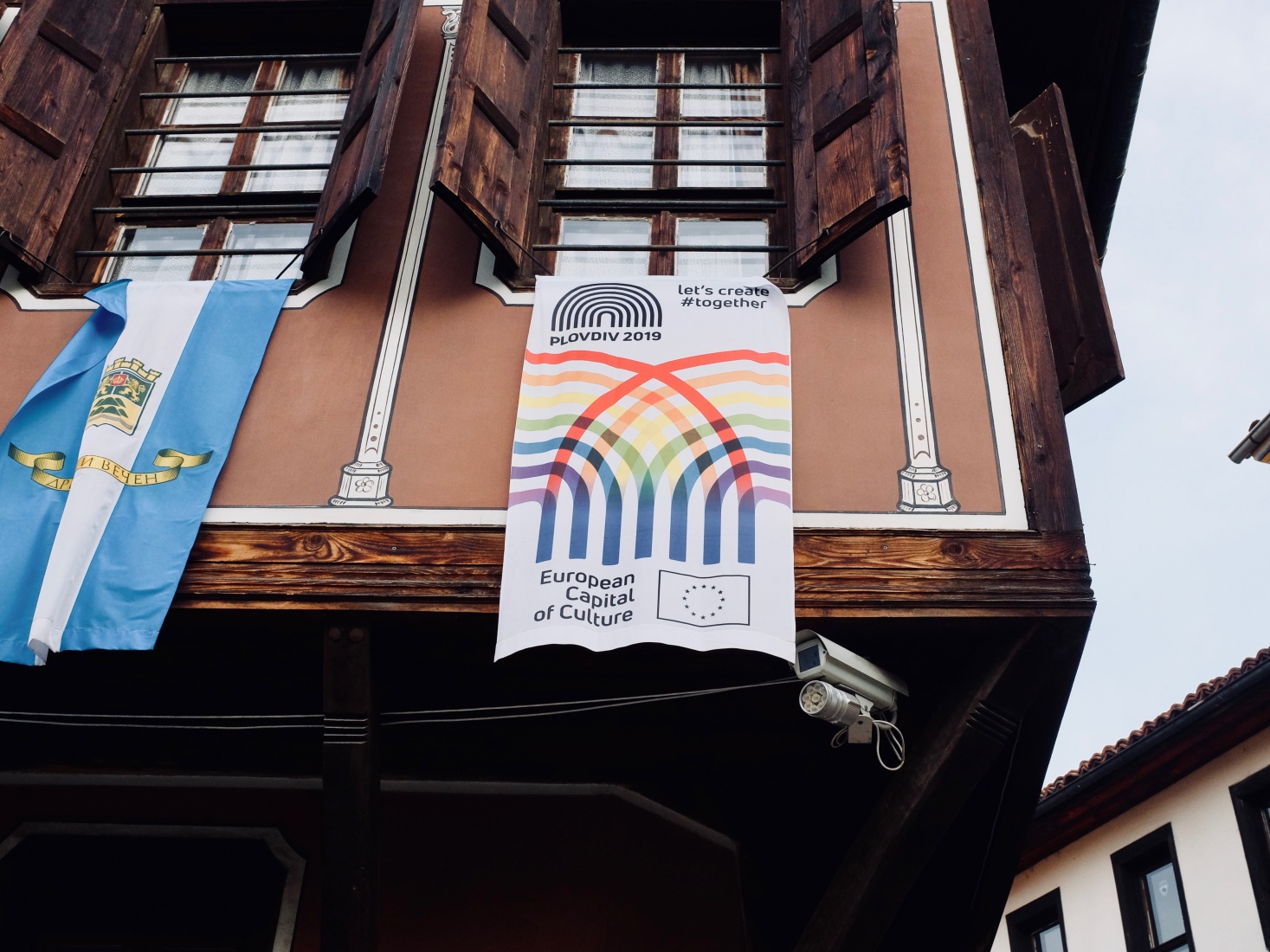
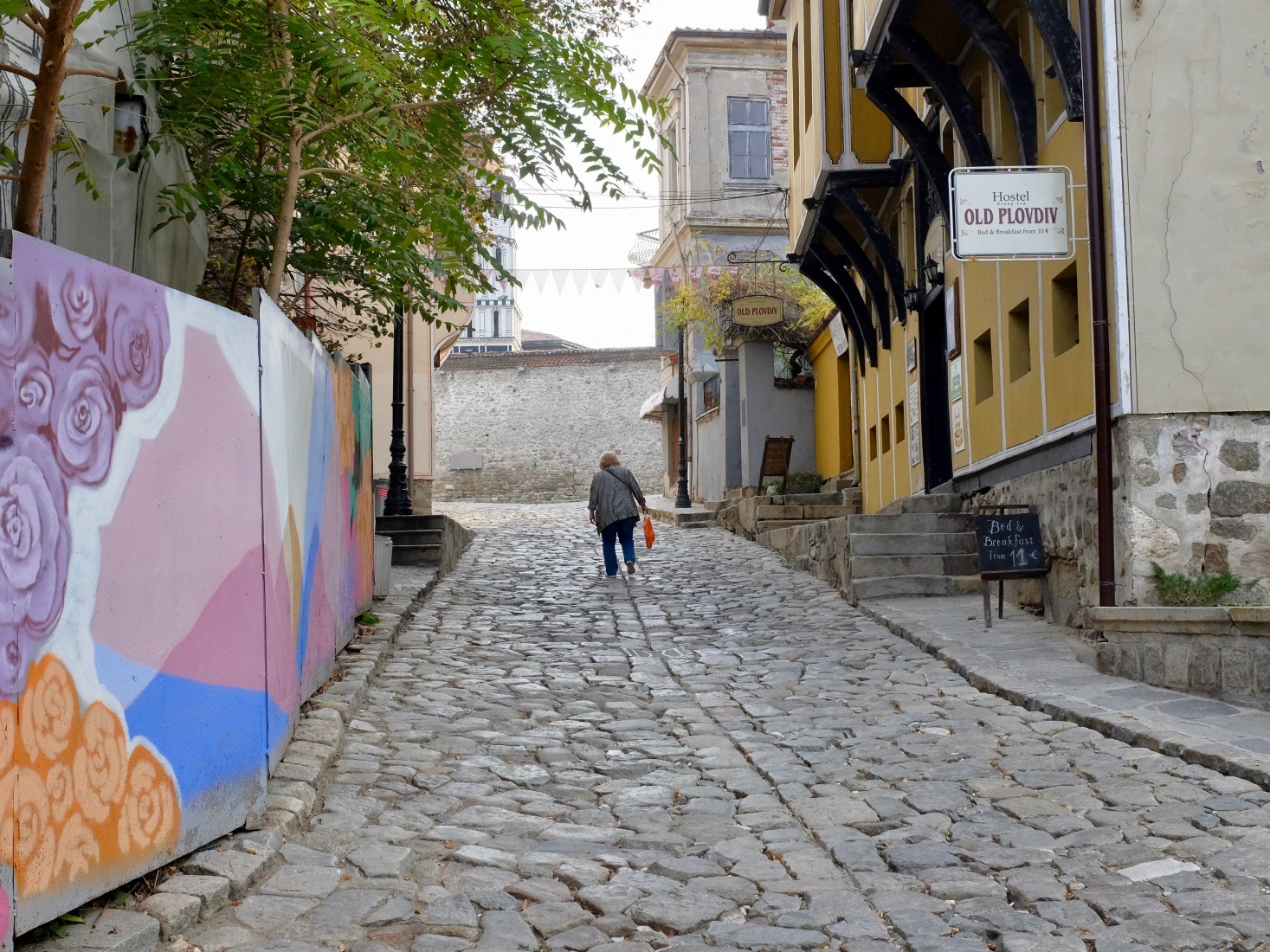
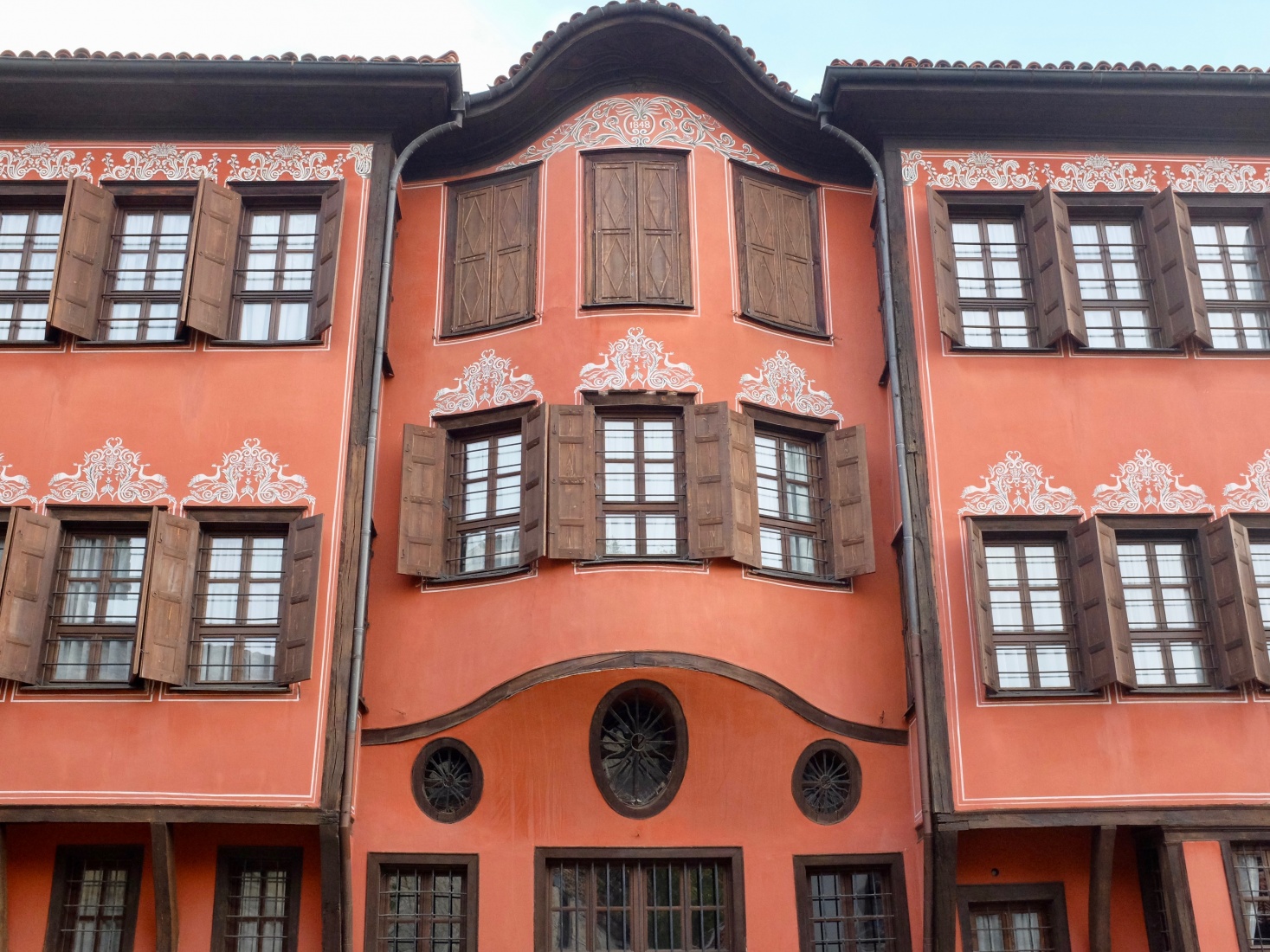

Hey Mark, have to give you kudos, had been hearing some buzz from my Greek friends about Bansko (where we skiied) and then small bits about Plovdiv, so it had been gently on our radar and then read your piece just at the right time last year when we were pondering a move and was just enough to put us over the edge to make a point to come visit – and turned out we liked it enough to have just rented a place for a year and test the waters.
Must say, besides all it has going on, it does somewhat put me in mind of Praha in 90s a bit – in a good way. Was it that way for you?
Anyway, thx for the right time right words when we were navigating new locales – just the nudge we needed.
Do let us know when next your down this way (we just got back from two weeks in Prague, btw) – be great to get together for a beer. Scott